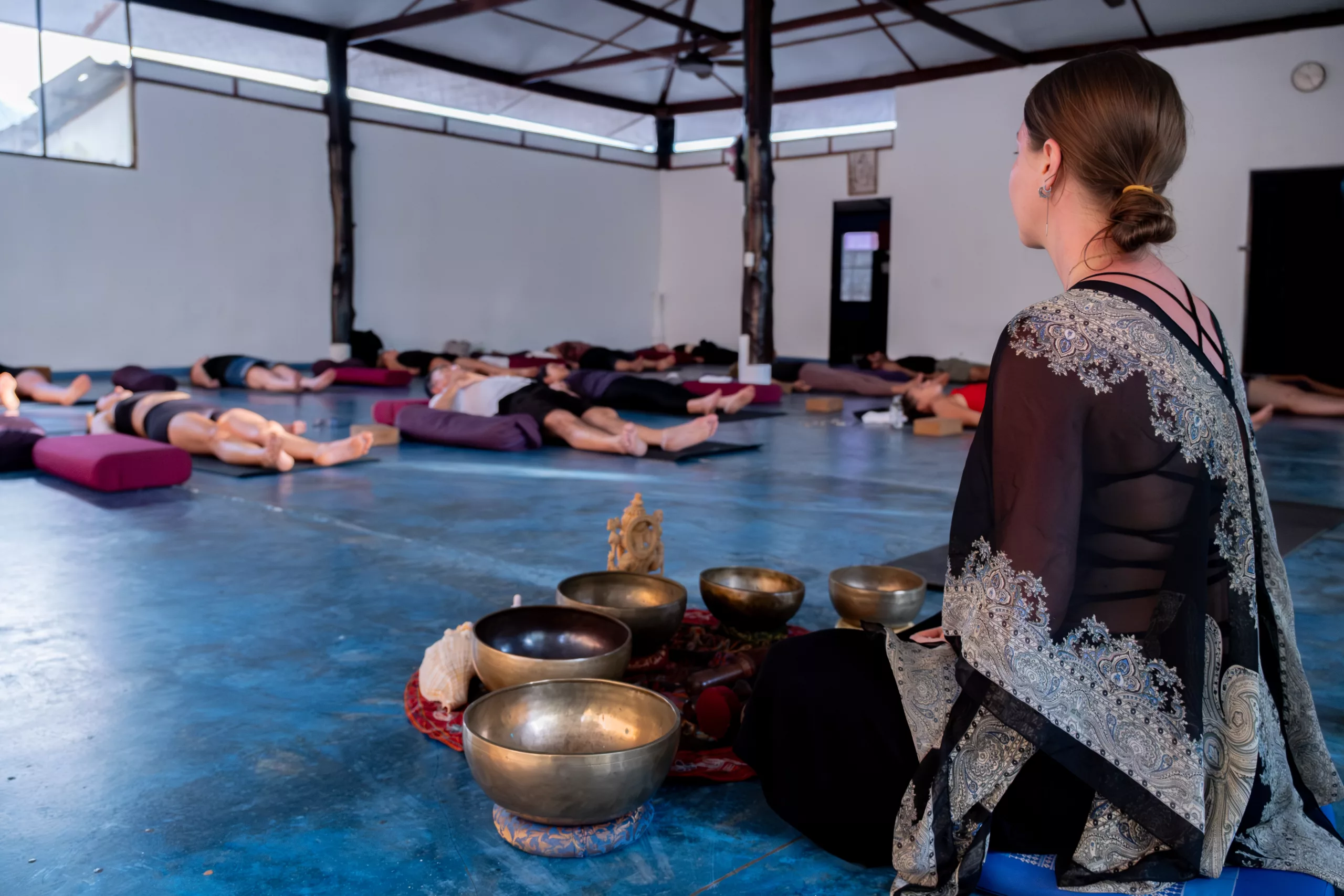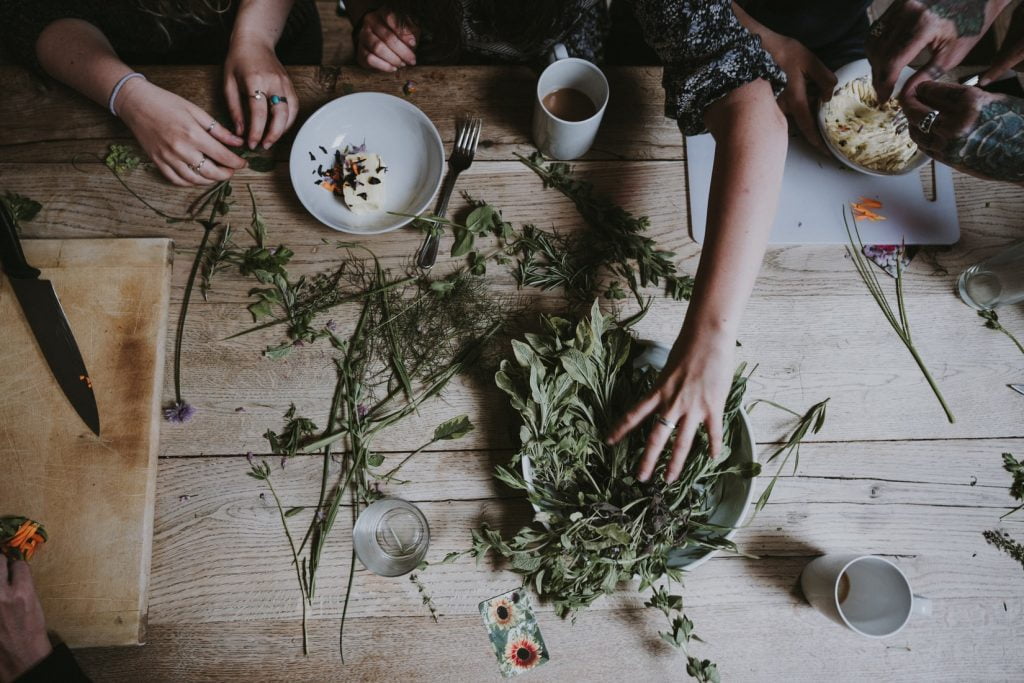What is Yin Yoga?

Yin yoga is a slower paced, more meditative, introspective style of the modern yoga practice. This practice invites us to relax into a pose while holding for a longer period of time, typically between 2-5 minutes. It has roots in the Taoist tradition and is based on the Taoist concept of Yin & Yang. It also incorporates the principles of Traditional Chinese Medicine.
The concept of Yin vs Yang
Yin and yang can be seen as qualities or patterns of contrast. Like two sides of the same coin. Yin is the more ‘feminine’ aspect of nature whilst yang is the more ‘masculine’ aspect. Yin qualities are associated to be more passive, slow, inward, deep, cool, flowy, dark. Yang qualities are associated to be more active, fast, outward, superficial, hot, structured and light. Water is considered the most yin of the elements and fire is considered the most yang of elements.
The Yin yoga practice targets the joints and connective tissues of our body, which consist predominantly of the water element. The yang yoga practice targets predominantly the skeletal muscles, which are found surrounding our bones and joints. Because the yin practice targets the joints and it’s tissues, the approach to practicing Yin yoga differs greatly to the approach we take on a Hatha, Ashtanga Vinyasa, Iyengar or Power yoga practice.
The backbone of a Yin yoga practice
Muscles and joints are vastly different structures in our body. Muscles require short bursts of repetitive motion in order to be grow, develop and remain healthy, whereas joints cannot endure the same type of ‘exercise’. The tissues that make up our joints much less elastic and have a lower supply of blood vessels running through them. Both structure need to be moved and used in order to remain healthy, but joints need to be ‘exercised’ in a more gentle manner with longer holds.
As muscles surround our joints, it is important to relax them as much as we can to allow the benefit of the pose to move beyond the superficial layers. This is why poses are held for longer periods of time.
The Three Tattva’s Of Yin Yoga
1. Come into a pose at an appropriate depth
“Play to your edge.”
– Bernie Clark
As we enter a pose in any given yoga practice, it is fundamental to respect the limits of our bodies. Even more so in Yin as we hold each posture for much longer than in other practices. It is recommended to enter a pose at 50% – 70% of your limit rather than at maximum depth right at the get go. This allows the body to slowly ease into shape of the pose. It also serves a safety purpose to protect the tissues during the long static holds.
2. Hold for an appropriate length of time
We need time to be in a pose to allow the benefits of a pose to penetrate the deeper layers of our body, beyond the muscles. This extended time in a pose not only gives the body to gently get used to the shape of the pose, it also allows the body to create familiarity and thus safety around the depth and range of motion, especially if it’s our first attempt.
It also serves to give us space. Space to feel, space to contemplate, space to be. The yin practice invites us to hold space for what we are experiencing in the present moment. Be that comfort, calmness, relaxation; or perhaps physical discomfort, racing thoughts, intense emotions.
It invites us to discern.
How much time is appropriate for my body?
The experience of holding for two minutes in complete ease and comfort differs vastly to that of holding for two minutes in discomfort. Note that pain ≠ discomfort! Discomfort indicates the body releasing pent up energy or tension. Pain is an indication of the body’s limitation. Pushing past pain can result in injury.
3. Resolve to remain still
Movement is a result of contractions of our skeletal muscles. Muscles surround a joint to make it strong and protected. Engaging our muscles correctly protects our joints, so that they do not bear too much weight or move beyond their range of motion; yet in Yin yoga we ‘exercise’ our joints. It is thus important to relax the muscles and minimise movement. Allow the benefits of the pose to enter the deeper layers of your body.
Integrating the Tattva’s in your practice
When you practice any pose in Yin yoga, assess the safety you feel in it, first by finding your edge or limit. Play to your edge. Set your intention to stay at your edge for the intended duration. The length of time a pose is held can also be an edge. Assess if it is safe and beneficial for you to hold for the intended duration. Make the necessary adjustments and modifications if necessary. Once ready, come back to the resolution of stillness.
Deepen your breath to ease any physical or mental discomfort. Observe your thoughts, be present with your experience in the pose.
Mindfully and carefully release the pose when the time is up. Take care as your joints and body may feel delicate and tender after a long static hold. Rest in a counter pose before continuing.



